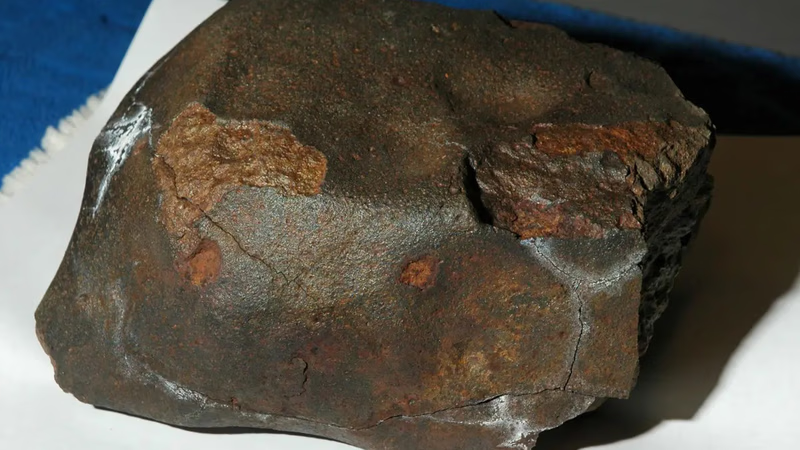
Discovering meteorites: a thrilling adventure in space rocks.
For some people, finding a meteorite is much more fun than owning it, and they find the search for meteorites an exciting pastime. Sometimes, this feeling of excitement, especially after finding the first meteorite, is so intense that the person may give up his whole life for a while and all his grief is to find another meteorite. In fact, in many of these cases, the mentioned person returns to his normal life after a while with disappointment; Because probably his first find was nothing but luck!
When a piece of rock that enters the atmosphere is so big that it does not burn up due to friction, a part of it reaches the earth and appears as a burnt rock, which is called a "meteor". These objects mark the history of the solar system. They have each other. According to their composition, meteorites are divided into three groups: iron, stone and iron-stone. Because of their scientific importance, one of the activities of amateur astronomers is finding meteorites.
Meteorites always fall on the earth in the same way, 4 meteorites fell on every square kilometer on the earth in the last 50 thousand years, after looking at statistics in the last 50 thousand years on the country of Iran, which has an area of 1.65 million square kilometers, 6.6 million meteorites. Small and big stones have fallen. But these meteorites have undoubtedly been eroded in these years, or they have sunk underground, or they are hidden among the rocks of the mountains, far from our sight, because due to the erosion, they have become the same shape as the earth rocks around them, or The weather has destroyed many of them.
Stony meteorites are more difficult to find because they look so similar to terrestrial rocks. The iron-stone type is also rare, in which stone and metal are mixed together. Iron meteorites are mainly composed of iron and nickel, they are very little exposed to weathering. Therefore, it is more likely to find them. For meteorites, it doesn't matter where they fall and the probability of them landing is the same anywhere on the planet. It is said that at least one meteorite falls on every square kilometer of Earth's surface every million years. But searchers pay attention to some points to increase this chance. Meteorites (especially the iron type) are black and shiny due to burning. For this, searchers choose areas that have undergone less transformations and the ground has a clear surface and is free of black earth stones.
Meteorites can be found anywhere in the world. They may or may not be anywhere we think of; Because pieces of space rocks continuously hit the earth's surface. Of course, it should be said that most meteorites fall into the oceans and are lost in the deep waters. The vast majority of meteorites are never found, but are weathered by Earth's weather and become completely part of the Earth's crust. Other meteorites are also trapped in polar ice in Antarctica. This is where international teams of scientists from around the world have been collecting them for decades. In 2000, more than 20,000 meteorites were discovered in Antarctica, none of which are accessible to meteorite collectors.
-
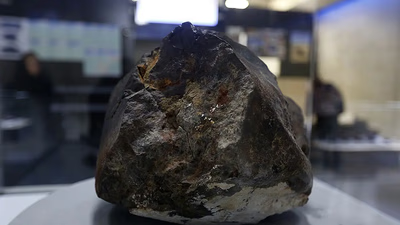
Exporting meteorites requires thorough understanding of legal requirements in both the exporting and importing countries. Each nation may have specific regulations, especially for meteorites deemed national treasures or of scientific significance. Obtaining necessary permits, such as export licenses and certificates of authenticity, is crucial. Cultural heritage considerations can also impact the export process, as some meteorites may be restricted from leaving their country of origin. The market value of meteorites varies significantly, with prices ranging from one dollar to thousands, depending on rarity and demand among collectors. While most meteorites found are common chondrites with low value, rarer specimens like Martian or lunar meteorites can fetch high prices. Proper packaging and shipping methods are essential to protect these valuable items during transit. Engaging with experienced professionals can help navigate the complexities of export regulations and ensure compliance with customs requirements. Additionally, understanding the import regulations of the destination country is vital to avoid complications upon arrival.
-
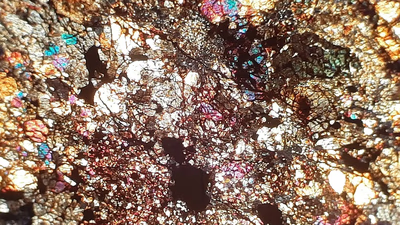
Meteorites are solid objects from outer space that survive their passage through Earth"s atmosphere to reach the surface. They originate from meteoroids, which are smaller space objects composed of rock or metal. When a meteoroid enters the atmosphere, it burns up, creating a meteor or shooting star. If it is large enough to withstand atmospheric forces, it lands as a meteorite. Meteorites vary in size and composition, including stony, iron, and stony-iron types. Meteorite hunting is popular among enthusiasts and scientists who use advanced detection methods to locate them in areas with fewer vegetation. Meteorites are classified as "falls" or "finds," with falls being observed events and finds being discovered objects of unknown origin. They provide crucial insights into the early solar system"s formation and planetary geology.
Studying meteorites helps scientists understand processes related to the evolution of planets and the origins of water and organic compounds on Earth. Approximately 48. 5 tons of meteorite material falls on Earth daily, with impacts varying based on size and speed. Smaller meteorites create minor craters while larger ones can cause significant damage. The study of meteorites is essential for understanding the solar system"s history. "
-

Meteorite hunting captivates many enthusiasts, often leading to a passionate pursuit. The excitement of finding a meteorite can overshadow the reality that initial success may be due to luck. Meteorites, which are remnants of celestial bodies that survive atmospheric entry, are categorized into three types: iron, stone, and iron-stone. Statistically, four meteorites fall per square kilometer on Earth every 50,000 years. In Iran alone, this suggests millions of meteorites have fallen over time. However, many have eroded or become indistinguishable from terrestrial rocks. Iron meteorites are easier to locate due to their resistance to weathering and distinctive appearance. While meteorites can theoretically land anywhere on Earth, searchers often target areas with minimal geological disturbance for better chances of discovery.
Most meteorites fall into oceans or become part of the Earth"s crust through weathering. Notably, Antarctica serves as a significant site for meteorite collection, with thousands discovered by international teams since 2000. "
-
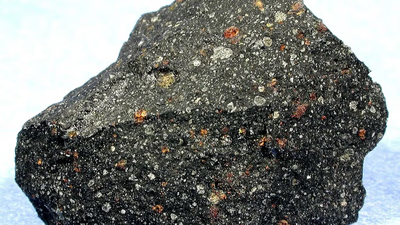
Meteorites are primarily composed of iron-nickel metal, which gives them magnetic properties. A strong magnet can help identify potential meteorites, but this method is not definitive as some terrestrial rocks also exhibit magnetism. Meteorites typically have a fusion crust formed during atmospheric entry, which can appear smooth or textured. Identifying meteorites involves assessing their mineralogical, physical, and chemical characteristics, with advanced techniques like thin section analysis providing more accurate results. Common indicators of meteorites include unusual shapes with regmaglypts—thumbprint-like impressions—and high density compared to terrestrial rocks. Despite many people believing they have found meteorites, less than 1% of discovered stones are actual meteorites. The identification process requires careful examination and often consultation with experts or professional dealers who can perform detailed analyses.
-
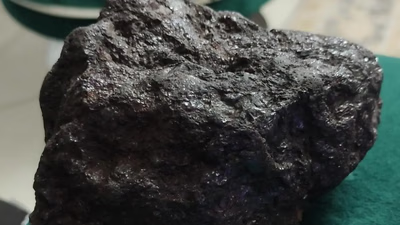
Buying and selling meteorites online presents both opportunities and risks. Authenticity is crucial, as many sellers may offer counterfeit items. Buyers should seek reputable sellers who provide detailed information about the meteorite"s origin and classification, along with supporting documentation like certificates of authenticity. Researching the seller"s reputation is essential to avoid scams. Meteorite prices can vary significantly based on rarity, size, and condition, so understanding market values is important. Legal considerations also play a role; some countries have regulations regarding meteorite collection and exportation. Buyers should be aware of these laws to ensure compliance. The condition of the meteorite affects its value; pristine specimens are often more sought after than those with visible features.
The rise of online platforms has transformed how meteorites are traded, making it easier for buyers and sellers to connect but also increasing the risk of fraud. Therefore, thorough research on both the product and the platform is necessary before any transaction.





